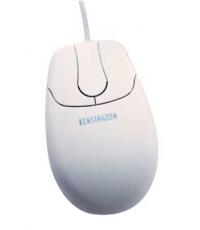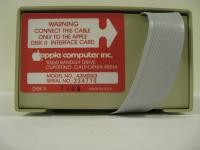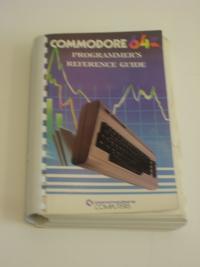CS Museum Home Page
Introduction
Evolution of the Museum
Collection development expanded again in 2006, when the Department of Mathematics and Computer Science restructured, creating a new Department of Computer Science. The following year (2007), Phase 2 of the expanded and renovated Noyce Science Center, and the Department of Computer Science settled into new quarters, including display areas for equipment and numerous labs for teaching and research. These developments provided a framework for the display of a collection. Finally, the Department could consider how to organize and present materials. An initial arrangement of materials into the new display cases provided visual interest to the new facilities, although collection organization and labeling might be described as spotty.
With display possible and with space for storage, acquisition of materials progressed in a somewhat more formal manner. Significant gifts from David Coahran and Janet Gibson were particularly helpful.
During summer and fall 2009, work progressed to carefully catalog the collection, leading to an online museum catalog. During spring 2010, work will focus in the organization of this material within the display cases located throughout the department.
Acknowledgments
- Donors
- Anonymous
- Judy Brown and Steve Brown/Cunningham
- Robert Cadmus
- David Coahran
- Department of Computer Science
- Steve Cunningham
- Janet Davis
- Sue Drake
- Charlie Duke
- Janet Gibson
- Grinnell College Audiovisual Center
- Grinnell College Computer Services
- Grinnell College Information Technology Services
- Ralph Helt
- Department of Mathematics and Computer Science
- Alex Mitchell
- Emily Moore
- Bill Murphy
- Department of Physics
- Samuel Rebelsky
- Joyce Stern
- John David Stone
- Henry Walker
- John Whittaker
- Catalogers/Writers



